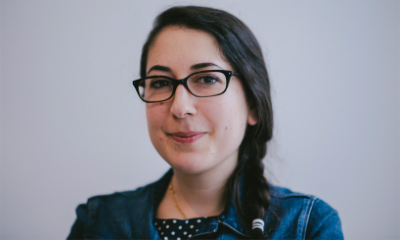when I first saw Azita’s work in Farsi, it was simply a beautiful pattern on paper. Finding her on YouTube was a great moment. Hearing those musical cadences and, more particularly, the tone of some of the poems, helped me build a sense of mood and intention. Elhum Shakerifar proved to be the vital bridge in her role as literal translator.
Elhum’s approach provided a meticulously prepared seedbed. She responded to every question of mine, ‘but could this also mean..?’/’but what about the earlier use of…?’/’but does this have any significance in Persian culture…?’/’But is this a political reference…?’ with detailed responses, double-checking everything with Azita. Furthermore she is a sensitive and nuanced interpreter – questioning and thorough. I could not have been luckier than in my partnership with Elhum.
One of the most interesting dilemmas for me, in creating a version of work from a living poet, whom I was to meet , came from Azita’s responses to some of the questions I asked. Often Azita would reply along the lines of, ‘well, what I think I was trying to say there was…..’ Should I incorporate in my version an inference and understanding gleaned in conversation with Azita but not directly from the poem itself? Or should I add this interesting subsequent gloss to the initial understanding I had gained from the poem itself? The answer, of course, is that sometimes it was appropriate to do so and sometimes it was not. I should not have been surprised by this aspect of the experience. I know that moments in some of my own poems seem clearer to me now, years after they were written. Yet, I had not anticipated this as an element in the work of translation.




